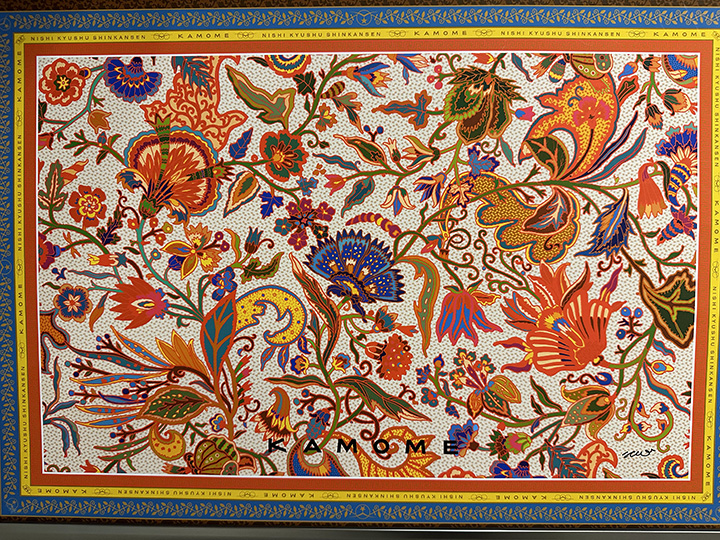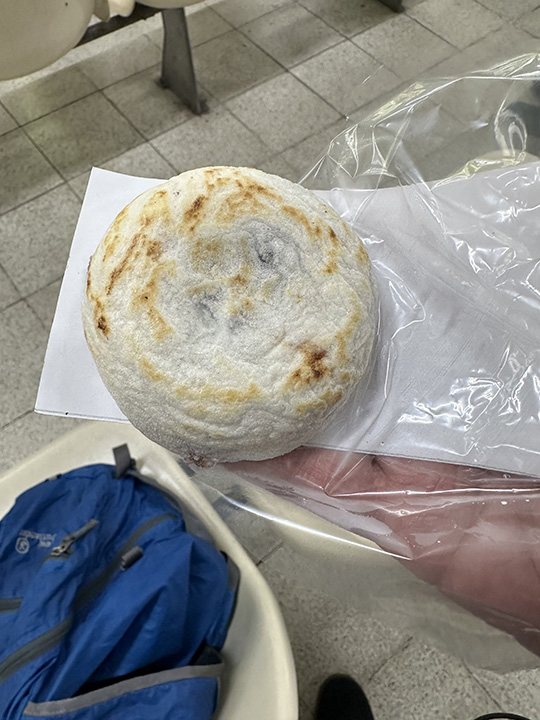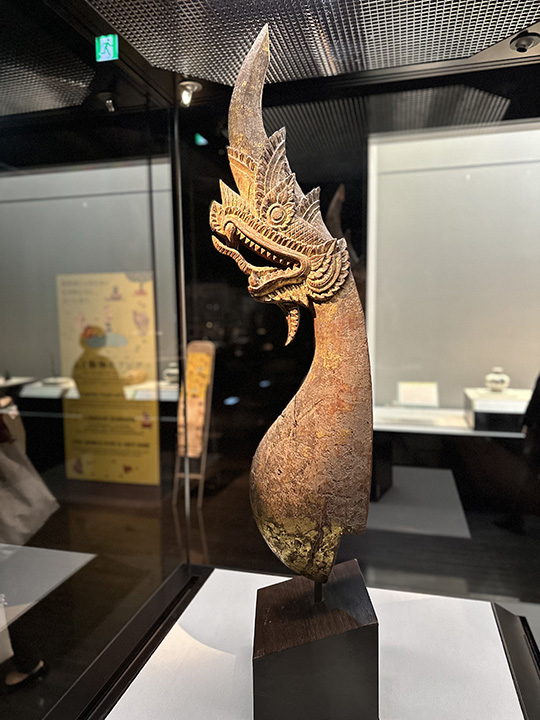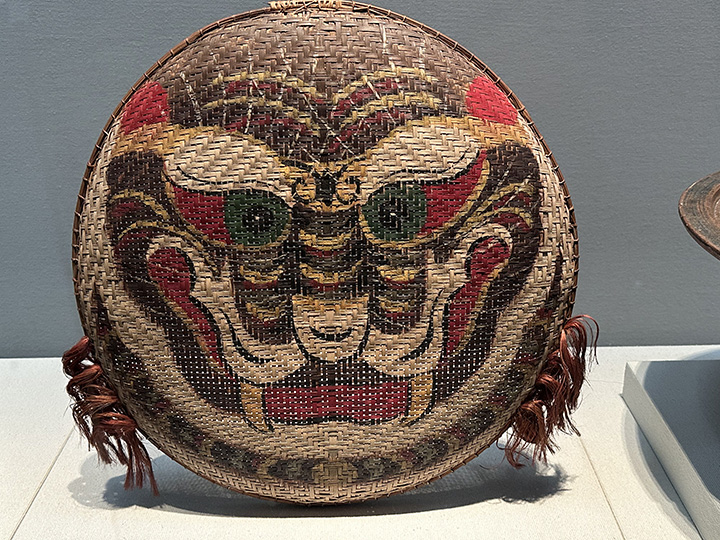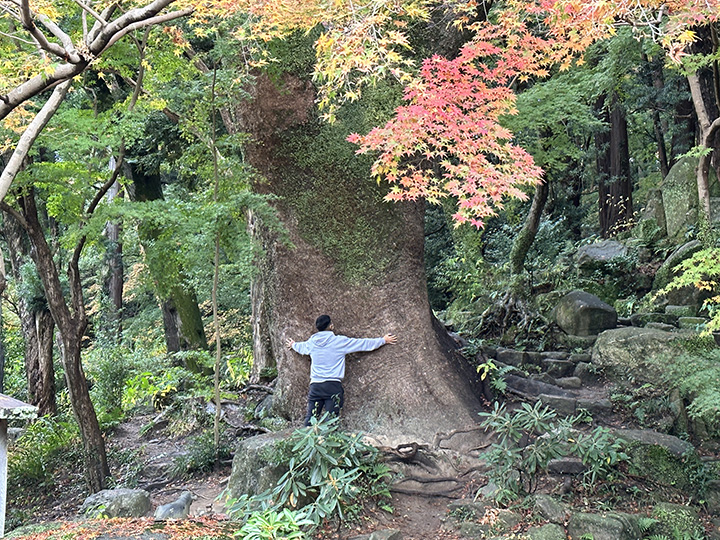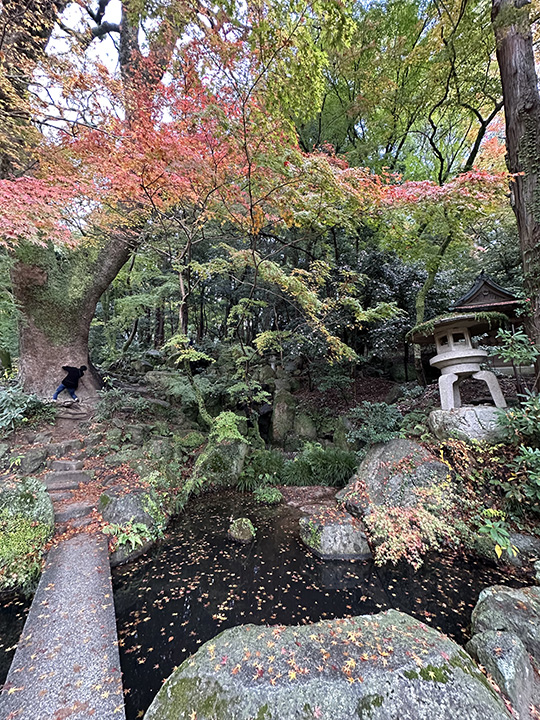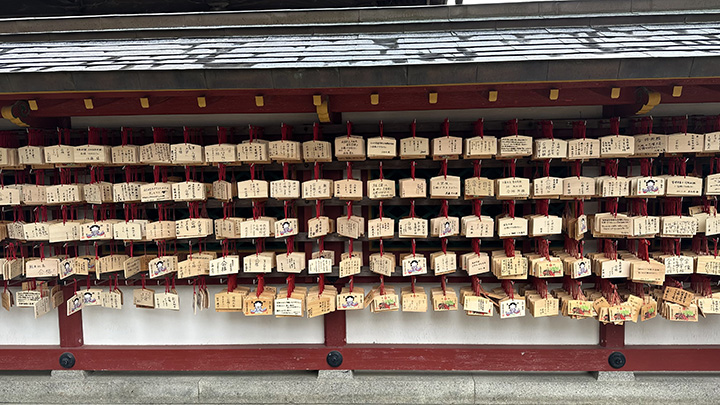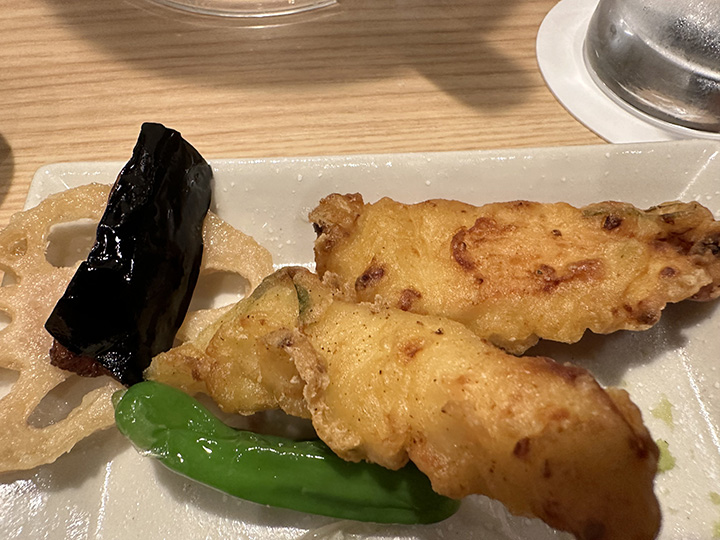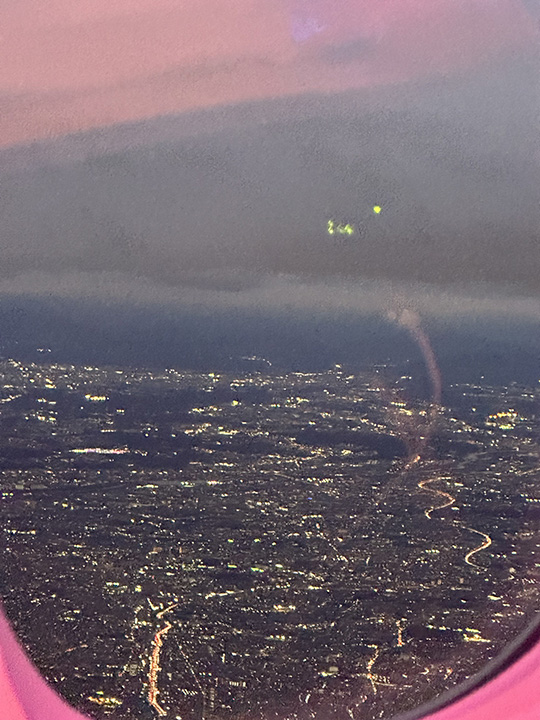|
I can’t believe it! Today is the last day! Tomorrow I have to go home! Actually, it’s about time to go home. It has been a great trip: eye-opening, entertaining, exhausting at times, but worth every minute. Our Road Scholar guides, Kathleen and Kaori, have been remarkably professional, knowledgeable, helpful and friendly. We could not have asked for a better team to lead us on this journey.
We are off for the first train ride of the day.
There is our ride, waiting patiently for us in Nagasaki’s new train station.
Bullet trains are called “Shinkansen.” Literally translated it means “new trunk line” and Kathleen says that’s to differentiate it from the older British technology that Japan had been using for railroads. Japan began developing high-speed rail in the 1930s but the project got derailed for a while during World War II. Interest revived in the 1950s and high speed rail was implemented in time for the 1964 Tokyo Olympics.
We just happened to be seated in the very newest version of a Shinkansen car. They began using them in September of this year, and even now the car smelled nice.
There's a nice amount of room for wheelchairs.
Nicely upholstered, comfortable, and polished wood armrests.
Kathleen and Kaori are admiring the nice artwork.
Nice artwork over here.
And this is nice too.
Even the toilets are nice.
Bill likes nice.
There wasn’t much to look at as we rode along.
This is probably the worst weather of the trip, and it waited until the last day. Nice planning, Road Scholar!
There was a Umegae Mochi shop at one of the stations where we changed trains.
Watch him make the little pastries.
Umegae Mochi is Dazaifu's popular local specialty rice cake with azuki bean filling. This traditional cake has an imprint of Japanese plum blossom on it as its signature. They are available at various shops along the sando pathway leading to Dazaifu Tenman-gu Shrine. I just had to try one.
The filling is sugary bean paste. Was it good? Well, I ate some of it.
Road Scholar provided us with Pasmo cards and we each used ours to travel on subways, buses and occasional trains. They worked throughout the country and came in very handy. We would just swipe them as we boarded a bus and swipe them again as we left the bus and money was deducted from the card. Kaori kept them charged up so we didn’t run out of cash on the card.
Let’s all swipe our Pasmo cards.
And head off to Dazaifu, the old Western capital of Japan.
It was a colorfully decorated train.
Lots of tourists come this way.
Even the sidewalk is decorated… With plum tree blossoms.
People come from all over Japan to the shrine here, even on miserable rainy days.
I have never seen a Starbucks coffee shop that looks quite like this.
All these people are here to visit a shrine
dedicated to Sugawara Michizane, a 9th-century scholar and
politician who was exiled by his political rivals from Kyoto,
Japan’s ancient capital, to Dazaifu in Kyushu, southwestern Japan.
Michizane was also a poet, and upon arrival here he wrote a poem
about his favorite plum tree back in Kyoto which he missed terribly.
And now there are plum trees planted throughout the grounds of the shrine. They say that when they bloom in the spring they are beautiful. Well, they are not blooming today.
There’s a museum here.
A big one, and very modern.
At the entrance there’s a place to lock your umbrella. The Japanese think of everything.
Let's go inside.
That’s a diorama that shows the scope of this building.
This place is really big and really fancy.
They're even featuring an exhibit on Pompeii but that's in Italy and therefore not on our itinerary.
So let's focus on Japanese historical artifacts.
The Japanese collections cover the history of Kyushu (the Japanese island we are on) from prehistory to the Meiji era with particular emphasis on the rich history of cultural exchange between Kyushu and neighboring China and Korea.
There's a temple diorama.
That pottery dates to somewhere between 5000 and 4000 BC
Ancient art.
That is a reproduction of a funeral urn. A king was buried inside about 4000 years ago.
Those are reproductions of the treasure buried with him.
The old clay mare.
That's a bell.
And those dragons on top of the bell are apparently trying to eat it.
A wooden anchor for a wooden ship.
A Christian shrine!
Back in the 19th century the Japanese were already serving food and itty-bitty cups.
That guy was a decoration on the eave of a building.
I wouldn't mind having a set of dishes like that.
A fancy old kimono.
Beautiful ceramics.
And that, believe it or not, is a colander.
It's a prehistoric stump.
The rain has stopped for a little while, so let’s go look at the grounds.
The fall colors are nice over there, but the plants in the pond probably look nicer in summer.
There are a lot of people here today.
It's a holiday. Japanese Labor Day, believe it or not.
But if you look in the right direction, you can sort of get an idea for how peaceful this place would be if it weren’t for the mob that is here today.
See what I mean?
But Bill isn't going to let a few tourists spoil things.
He'll just keep looking over this way.
But say, what's this?
Sugawara Michizane (845–903), the plum tree
guy, was an important historical figure of Japan that any Japanese
person would recognize. He was a scholar in Kyoto during the Heian
period, and was recognized as an outstanding politician-- promoted
to the second post in the Imperial Court, Minister of the Right.
However, others grew jealous of Michizane and conspired against him,
getting him demoted and sent to Dazaifu. Here is where he lived in
poverty, growing so thin you could almost see right through him.
Michizane died at the age of 59, just two years after arriving at
Dazaifu.
And now everybody comes here to rub a bronze statue of the ox. See them back there? They say that you should rub the part of the ox that you need help with. Rub the eyes if your vision is going bad. Rub the ears if you have trouble hearing. Rub the head if you are a student and you want to be sure your brain is functioning properly. Bill is thinking he would have rubbed the ox’s knee, but the line to rub the ox was too long.
It’s lunchtime and there is a Japanese hot dog stand.
Oh yum.
Bill found cabbage in his hotdog. It was not slaw. It was cabbage. The wiener actually tasted pretty good. It had a smoky flavor.
But the honey flavored ice cream tasted better.
Bill met a young lady who was upholding the tradition of visiting a shrine dressed in a fine kimono at the age of five.
They needed to build a walkway but the camphor tree’s roots were in the way and they didn’t want to kill the tree, so...
They built around the root and the tree is healthy.
These Shinto shrines do like their chrysanthemums.
The owner of Kirin Beer liked this mythical creature so much he made it the logo of the company. Well, that’s what Kathleen said.
Some pretty teenage girls spotted Bill admiring the creature and they giggled an offer to take my picture with it. Bill wouldn't have dreamed of disappointing them.
They write prayers on blue paper here.
Bill found an ox that didn’t have a line, so he rubbed the head. If he had been thinking, he would’ve rubbed the knee. So maybe he did need to rub the head. Think, Bill.
Dazaifu Tenman-gū is a Shinto shrine in Dazaifu, Fukuoka Prefecture, Japan. It is built over the grave of Sugawara no Michizane and is one of the main shrines dedicated to Tenjin, the deified form of Michizane.
And gazillions of students were here to pray for help with their exams.
There was an important ceremony going on.
He never would look my way.
And plenty of people here to participate.
2023 is a year of the Water Rabbit, starting from January 22nd, 2023 (Chinese New Year), and ending on February 9th, 2024 (Chinese New Year's Eve). The sign of Rabbit is a symbol of longevity, peace, and prosperity in Chinese culture. 2023 is predicted to be a year of hope.
People kept running up to this camphor tree and hugging it. Apparently camphor trees are powerful and if you hug one you can be powerful too. Maybe.
Even in the drizzle it's pretty here.
But there are so many people slogging through the mud.
Let's go.
Maybe we can stop at a little shrine and pray a prayer before we go.
You can buy pre-printed prayers. I wonder if there's one to stop the rain?
Bonsai chrysanthemums again
Japan is making a strong showing at the World Cup today. Go Samurai Blue!
Let's find our way back to the bus.
At least there are some pretty backyard gardens along the way.
Yew know what kind of tree that is?
Bill is ready to go back to the hotel for a little nap before our farewell dinner.
He's not stopping for pastries.
Not even for Col. Santa.
Just a short rest and freshen-up.
And off to one last dinner with his new Road Scholar friends.
There's karaoke in here. Surely Road Scholar wouldn't do that to us?
Not at all. This is an elegant restaurant.
Linda, Corey and Suzanne certainly think so.
And look! There's a space for my legs under the table.
Oh boy, raw fish.
And other little things.
The Road Scholars have learned to dig right in to this stuff now. They're even using chopsticks like old pros.
The trip with these people has been a genuine treat.
We had fun together.
We learned to eat new foods.
And even enjoy some of it.
Especially when it was fried.
And rice.
We'll eat white rice with just about anything now.
And green tea flavored anything.
There's night life here.
Even a Japanese Irish pub.
Let's close this wonderful trip with the sounds of Fukuoka night life.
And a shot of Tokyo the next day as I headed home.
And OK, a shot of the Golden Gate Bridge from 30,000 feet as I arrived back over the USA headed first to LA, then Atlanta, then finally Memphis.
It was a great trip.
|








